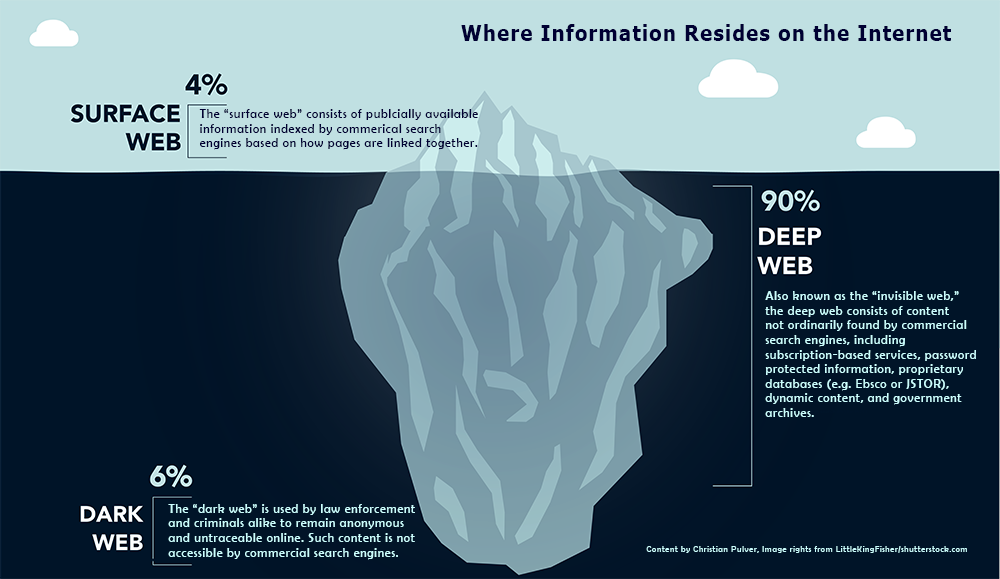

Includes thousands of curated resources across 50+ subject areas including Business Intelligence, Genealogy, Healthcare and the World Wide Web itself. Gary Price and staff published 26,773 items, and is still accessible via their archives or via a Library of Congress E-Resources Online Catalogġ400 resources cataloged in 30+ subject areas, including hundreds of resources that are freely accessible.Īlthough this site is no longer active (they stopped posting new reviews of resources in February 2016), they had a great 15 year run. 90,000 volunteer editors have categorized 4,000,000 web sites into 1,000,000 categories.įun to explore, although lots of links are to web sites and not deep web resources. (originally known as America Online), is a Wikipedia for web sites. The largest, most comprehensive human-edited directory of the Web DMOZ, which started out as the Open Directory Project and is now owned by AOL, Inc. Explore around the site and follow links to some interesting web pages. If you are curious about what’s in the Deep Web and how can to find some good stuff, here are some places you can go to do some deep web diving: 20 Ways to Search the Invisible WebĪlthough a bit commercial, this site by has a good resources list, including #6 () developed by Deep Web Technologies. National Library of Medicine PubMed Database, if they have searched subscription databases from EBSCO or Elsevier, if they have gone and searched the website of a newspaper such as the Financial Times or went to purchase a train ticket online, then they have been to the Deep Web. Many users may not be familiar with the concept of the Deep Web.

Many articles that I come across still, like this article, refer to Bergman’s 2001 white paper. Every few years while writing an article on the Deep Web, I search for current information on the size of the Deep Web and I’m not able to find anything new and authoritative. According to a study conducted in 2000 by Bergman and colleagues, the Deep Web was 400-550 times larger than the Surface Web, consisting of 200,000 websites, 550 billion documents and 7,500 terabytes of information. The Deep Web is also known as the Hidden Web or the Invisible Web. Michael Bergman, in a seminal white paper published in August 2001 entitled – The Deep Web: Surfacing Hidden Value, coined the term “Deep Web”. Accessing the gems that can be found in the Deep Web is the focus of this article. The Dark Web guarantees anonymity and thus is also used to conduct political dissent without fear of repercussion. The bottom-most layer, called the Dark Web, gained a lot of notoriety in October 2013 when the FBI shut down the Silk Road website, an eBay-style marketplace for selling illegal drugs, stolen credit cards and other nefarious items. This content of the Deep Web is valuable because, for the most part, it contains higher quality information than the Surface Web. Netflix), and thus is not accessible to the Surface Web search engines.
#The internet iceberg password#
Deep Web content is usually behind paywalls, often requires a password to access or is dynamically generated when a user enters a query into a search box (e.g. In the next layer of the Web, the Deep Web consists of millions of databases or information sources – public, subscription or internal to an organization. The Surface Web consists of several billion web sites, different subsets of which are crawled by search engines such as Google, Yahoo and Bing. The Web is divided into 3 layers: the Surface Web, the Deep Web and the Dark Web. Saidahgilbert on My Experience as a Library Ass… Wake Industrial on Current Reference Services at… Seo durham on Current Reference Services at… Robert Thompson on The End of Print Reference Boo…


 0 kommentar(er)
0 kommentar(er)
